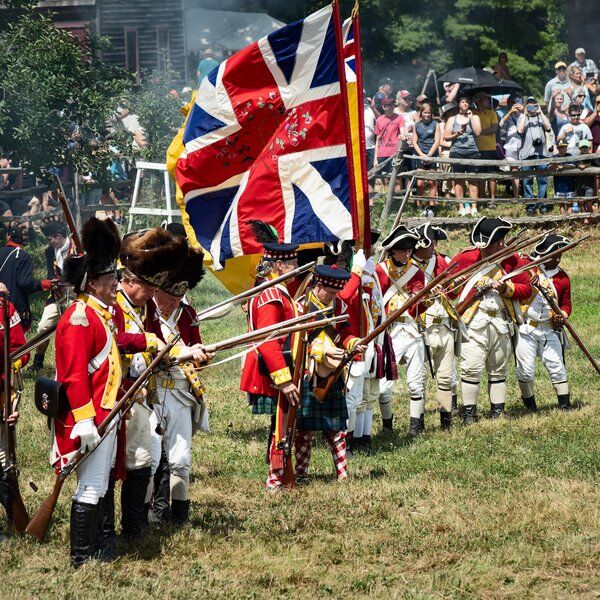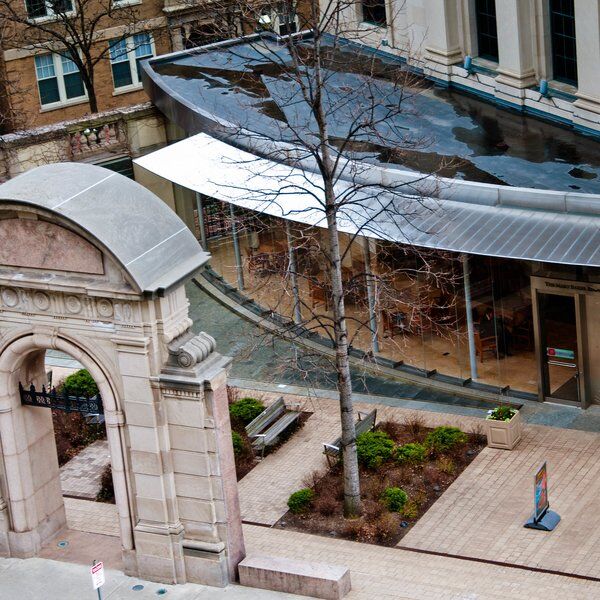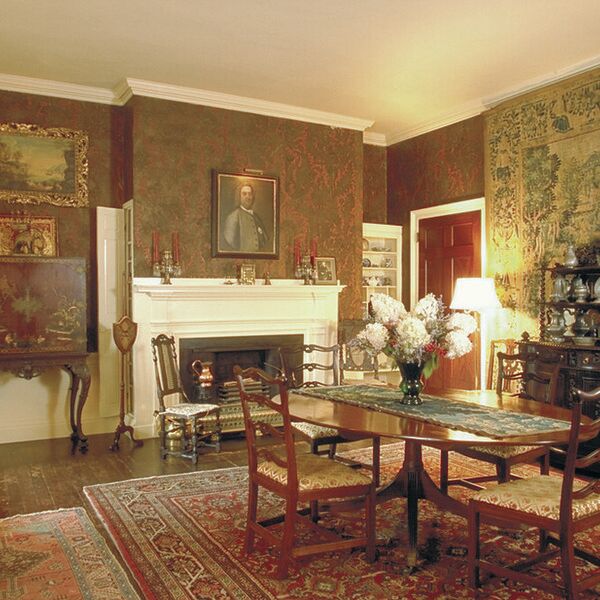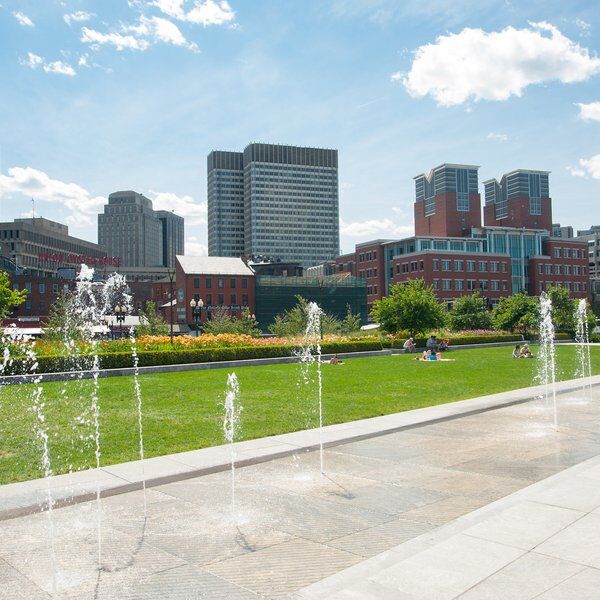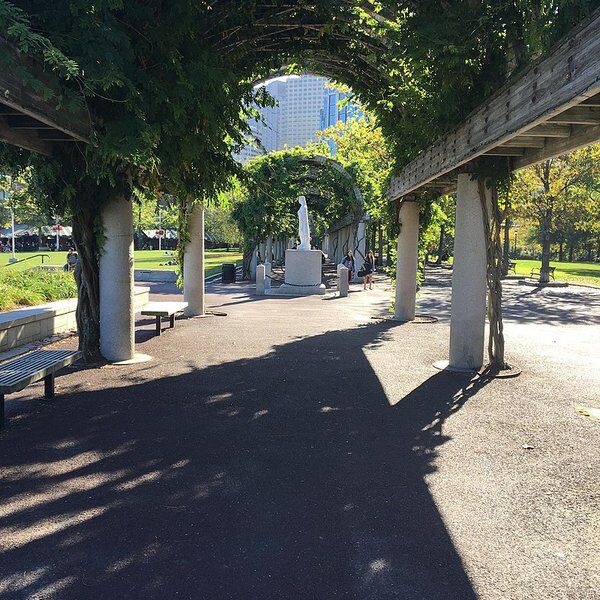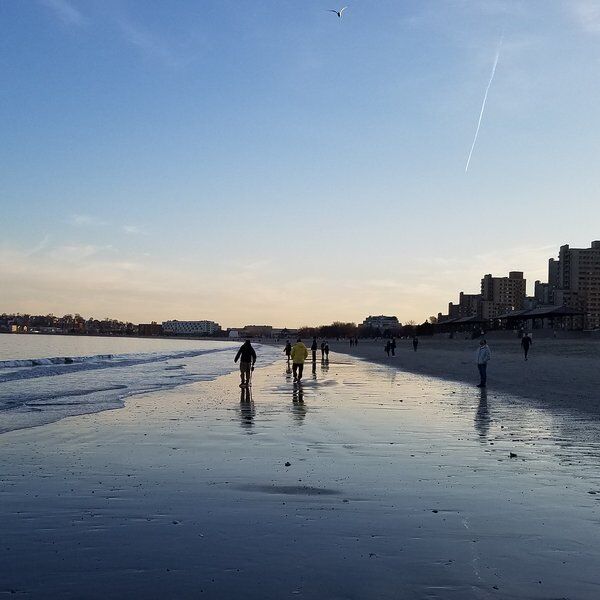Discover the Granary Burying Ground in Boston
As Boston’s third-oldest cemetery, founded in 1660, the Granary Burying Ground is the final resting place for some of America’s most well-known historical figures from the Revolutionary War era. Positioned on Tremont Street, adjacent to the Park Street Church and Boston Common, this site is not only a place to mourn loved ones but also to explore Boston's colonial heritage.
As you explore, you’ll find that the cemetery is well-preserved, thanks in part to the City of Boston Parks and Recreation Department's Historic Burying Grounds Initiative. This initiative oversees the management and preservation of 16 historic burying grounds across the city, ensuring that they are maintained for future generations.
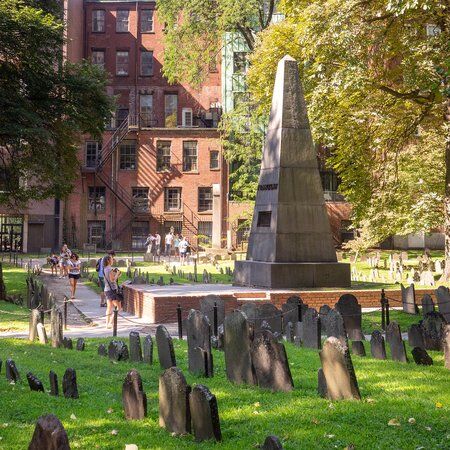
History of the Granary Burying Ground
Early History: 1660–1737
Established in 1660, the Granary Burying Ground was created to alleviate overcrowding in the nearby King’s Chapel Burying Ground. As Boston grew, the need for more burial space became necessary, and this new cemetery was set aside as part of what was then the Boston Common.
The burying ground was originally called "South Burying Ground," on account of its location, compared to the city's other cemeteries. However, in 1737, it was renamed the Granary Burying Ground after a granary—a large grain storage building—was built next door, on the lot now occupied by the Park Street Church.
The Cemetery’s Evolution
The Granary Burying Ground quickly became one of Boston's most important burial sites. By the time burials ceased here in 1880, the cemetery had accumulated approximately 2,345 gravestones and tombs.
Over the years, the cemetery has undergone several changes. The original layout of the gravestones was significantly chaotic, reflecting the haphazard manner in which graves were dug. However, during the mid-19th century, landscaping projects rearranged the gravestones into neat rows, partly to accommodate the newly invented lawn mower.
Additional improvements focused on making the cemetery more accessible for visitors. This was achieved by planting trees to provide shade for mourners and the installation of pedestrian pathways.
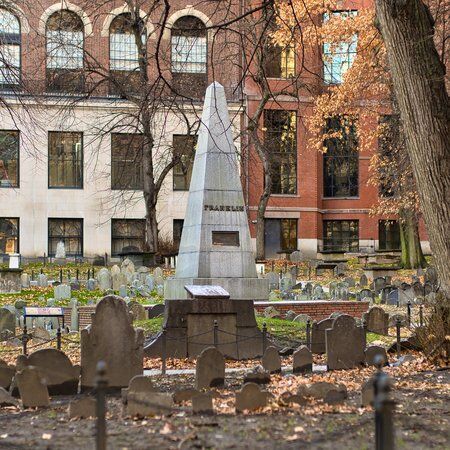
Who is Buried at the Granary Burying Ground?
The Granary Burying Ground is the final resting place for some of the most prominent figures in American history, as well as countless ordinary Bostonians. This historic cemetery holds the remains of Revolutionary War heroes, early settlers, and even victims of the Boston Massacre, making it a key site on CityDays Finding Freedom Trail. Here are some of the most significant burials:
Revolutionary War Heroes
- Paul Revere: Perhaps the most famous resident, Paul Revere was a silversmith and a patriot known for his midnight ride to warn the colonial militia of the approaching British forces.
- Samuel Adams: Samuel Adams played a crucial role in organizing the Boston Tea Party and was a signer of the Declaration of Independence.
- John Hancock: Known for his signature on the Declaration of Independence, John Hancock was a wealthy merchant and the first and third Governor of the Commonwealth of Massachusetts.
- Robert Treat Paine: Another Revolutionary War patriot and signer of the Declaration of Independence
Victims of the Boston Massacre
The cemetery also contains a common grave for the five victims of the Boston Massacre, an event that galvanized colonial sentiment against British rule. Among these victims is Crispus Attucks, a freed slave who is considered the first casualty of the American Revolution.
Other Notable Figures
- James Otis: A lawyer and orator, Otis was a fierce opponent of British taxation policies and is often credited with the phrase “Taxation without representation is tyranny.”
- Peter Faneuil: A wealthy merchant, Faneuil donated the building now known as Faneuil Hall, a site that played a key role in the early revolutionary activities.
- Benjamin Franklin’s Parents: While Benjamin Franklin himself is buried in Philadelphia, his parents are interred here, and a 25-foot-tall obelisk near the center of the cemetery commemorates their tomb.
- John Endecott: The longest serving Governor of the Massachusetts Bay Colony.
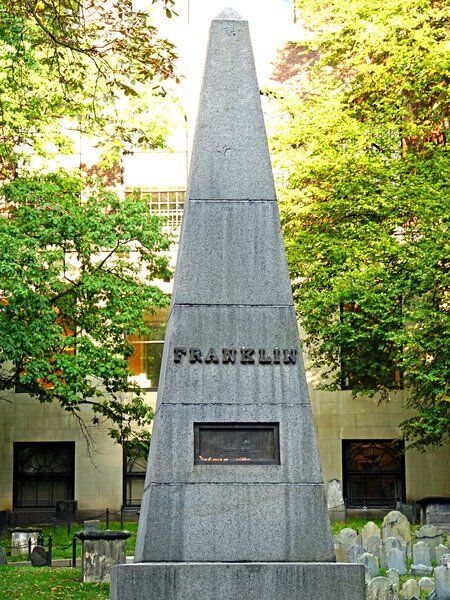
Gravestones and Symbolism
Boston’s early Puritan settlers, who arrived in the 1600s fleeing religious conflicts in England, brought with them a worldview steeped in piety, hard work, and an ascetic lifestyle.
Despite the rejection of religious icons and imagery by the Puritan church, the community found an outlet for artistic expression by decorating gravestones at the Granary Burying Ground. The tombstones are adorned with morbid imagery—skulls, crossed bones, and winged death’s heads—that reflect Boston’s early settler’s beliefs about death and the afterlife. They honor the deceased whilst serving as a reminder to the living of life’s fleeting nature.
Memento Mori: Symbols of Death and the Afterlife
The most common motif found on the older gravestones is the "death’s head," a skull with wings that represents the soul’s journey to heaven. This imagery was intended to remind viewers of the inevitability of death and the importance of living a good life. As time passed, these symbols evolved, with later stones featuring more softened images, such as winged cherubs, which symbolized the hope of salvation and eternal life.
In addition to the death's heads, many gravestones are adorned with hourglasses, skeletons, and images of Father Time. These motifs were not unique to Boston, but the Granary Burying Ground features an unusually high concentration of them.

The Mystery of the Gravestones
While the Granary Burying Ground contains approximately 2,000 visible gravestones, historians estimate that around 5,000 individuals are actually buried here. This is because many graves hold multiple bodies, a common practice at the time to save space and reduce costs. This has occurred particularly in the Infant’s Tomb, where hundreds of children are believed to be buried.
Over the years, gravestones have been moved and reorganized to create walking paths, and in some cases, markers have been lost or destroyed. The mystery deepened in 2009 when a tourist accidentally fell into an unmarked crypt. The shuffling of gravestones over the centuries has made it difficult to determine exactly who is buried where, adding an element of mystery to the Granary Burying Ground.

Features of the Granary Burying Ground
The Egyptian Revival Gate
One of the most striking features of the Granary Burying Ground is its Egyptian revival gate and fence, designed by architect Isaiah Rogers in the mid-19th century. Rogers also designed a similar gate for Newport’s Touro Cemetery. The iron fence, with its Egyptian-inspired motifs, not only serves as a protective boundary but also adds to the solemn atmosphere of the site.
Monuments and Memorials
The large obelisk at the burying ground was erected in 1827 in honor of Benjamin Franklin’s parents, Josiah and Abiah Franklin. This granite monument, which replaced the original Franklin family gravestones, was constructed using stone from the Bunker Hill Monument quarry.
Near the cemetery’s Tremont Street entrance lies a marker for the victims of the Boston Massacre, a somber reminder of the events leading up to the American War of Independence. Each important figure buried here that we previously mentioned has also got a significant monument or memorial you can stop to pay respects at.
Another point of interest is the "Infant’s Tomb," which highlights the harsh realities of life in colonial Boston.
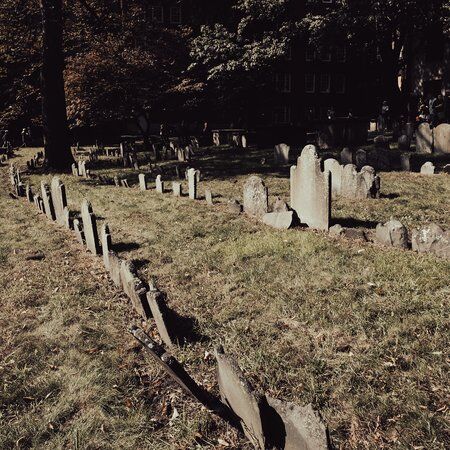
Visiting the Granary Burying Ground
The Granary Burial Ground is easily accessible and free to the public. Located at 95 Tremont St., it is open daily from 9:00 am to 5:00 pm, offering visitors ample time to explore its grounds. For those arriving by public transportation, the cemetery is just a short walk from the Boston Common stop on the T, Boston’s subway system.
The cemetery's proximity to other historic sites, such as the Boston Common and the Old State House, makes it an integral part of any historical tour of the city.
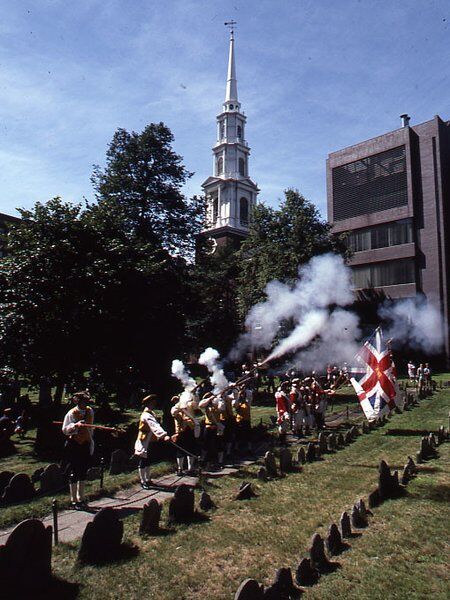
Explore Beyond the Granary Burial Ground with CityDays
After immersing yourself in the history of the Granary Burial Ground, why not continue your exploration of Boston with a CityDays scavenger and treasure hunt tour?
Our Finding Freedom trail in particular is perfect as a team-building exercise or a fun day out with friends. Beginning at Christopher Columbus Park, this 1.3 mile scavenger hunt guides players through some of the oldest and most storied parts of the city, including landmarks such as the Old State House, Post Office Square, and Quincy Market.
For more information on CityDays’ scavenger hunts in Boston, and all over the world, click here: Boston Scavenger & Treasure Hunts | CityDays.







